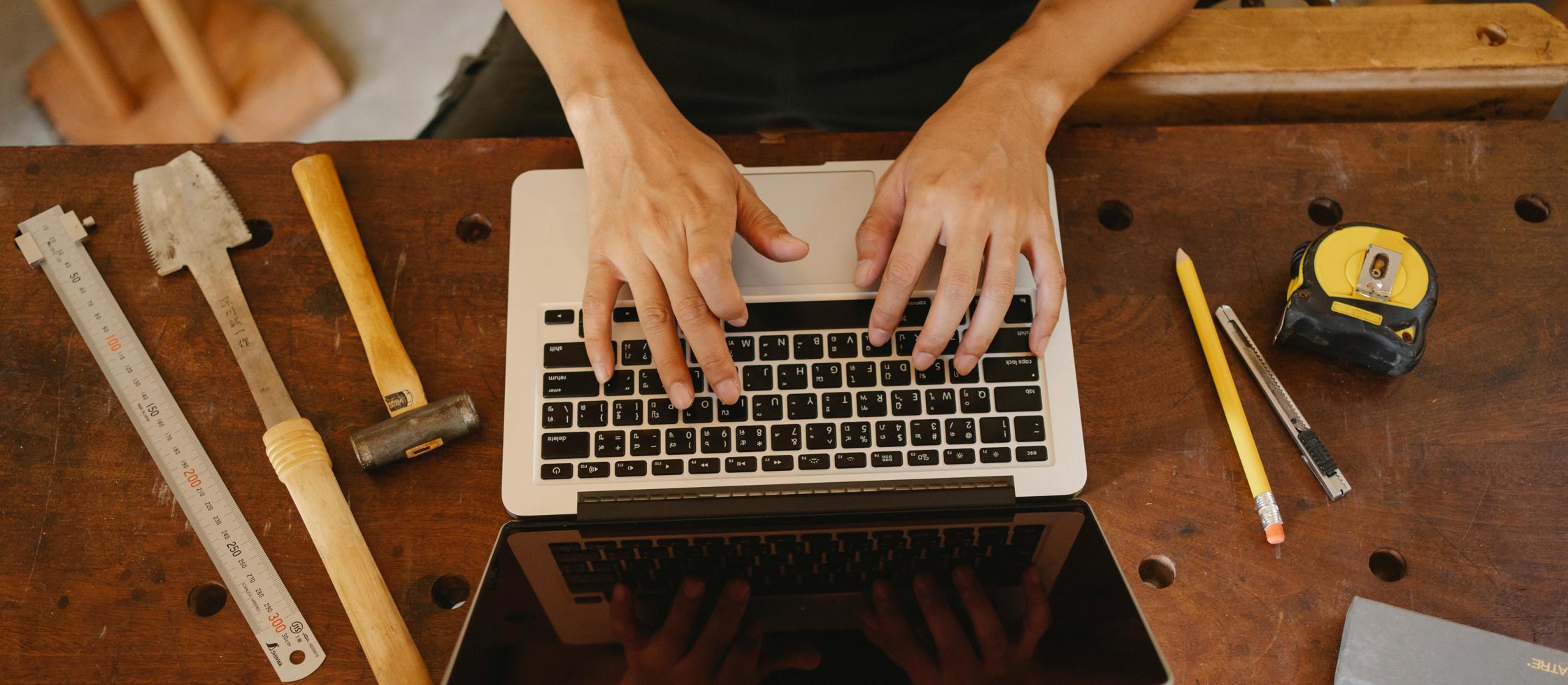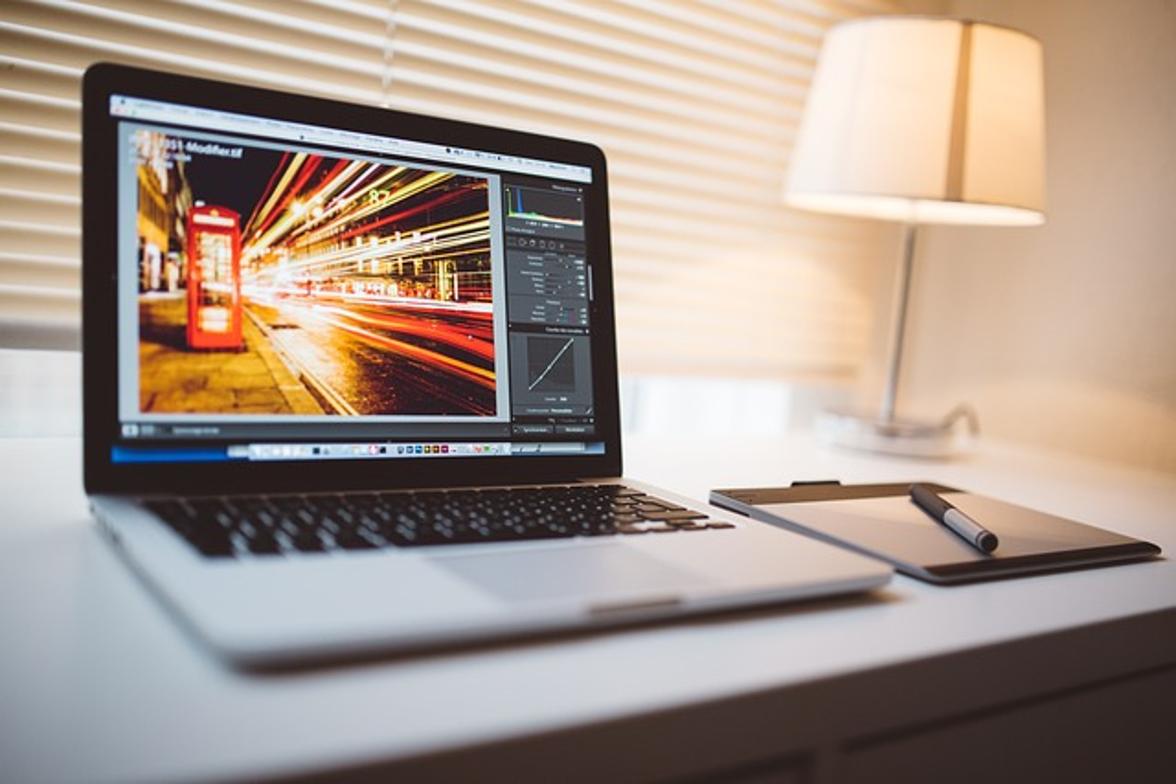How to Measure a Laptop Screen Accurately
Introduction
Knowing how to properly measure your laptop screen is essential for several reasons. Whether you need to replace a damaged screen, buy a new laptop case, or double-check specs before purchase, precise measurements ensure you get exactly what you need. This guide will equip you with the knowledge to measure your laptop screen accurately. You'll need a few basic tools and the willingness to follow some straightforward steps.

Why Knowing Your Laptop Screen Size is Important
Understanding your laptop screen size isn't only about buying accessories. It's also crucial for maximizing your device's functionality and ensuring compatibility with software and hardware upgrades. For instance, if you want to buy a screen protector or a new case, knowing your screen size helps you choose the right product. Screen dimensions are also necessary when setting up dual monitors for an optimized workspace. Moreover, correct measurements are invaluable if you ever need to replace or repair your screen. Incompatibility can lead to wasted money and effort, emphasizing the importance of accurate measurements.
Having a precise understanding of your screen size can also improve your work and entertainment experience. For instance, when watching movies, playing games, or working on design projects, knowing your screen's capabilities can help you adjust settings for the best visual display. Therefore, measuring your laptop screen isn't just a one-time task but an ongoing necessity for various aspects of laptop use.

Tools and Materials Needed
To measure your laptop screen, gather the following tools: - Measuring Tape: A standard measuring tape will do. - Ruler: For added precision, particularly with smaller measurements. - Calculator: Useful for converting units or calculating aspect ratios. - Pen and Paper: To jot down your measurements.
These tools are readily available and make the measuring process straightforward and efficient. Having them on hand before you start will save you time and ensure that your results are accurate.

Different Types of Screen Measurements
Diagonal Measurement
The diagonal measurement is the most common way to size screens. It represents the distance from one corner of the screen to the opposite corner, measured in inches. This typical measurement gives a clear idea of the screen's overall size.
Aspect Ratio
The aspect ratio denotes the ratio of the width to the height of the screen. Common aspect ratios include 16:9 for widescreen and 4:3 for older monitors. The aspect ratio impacts how content appears on your screen, affecting both visuals and usability.
Screen Resolution
Screen resolution refers to the number of pixels displayed on the screen, usually given as width x height (e.g., 1920x1080). Higher resolutions provide better image clarity but may require more processing power.
These types of measurements offer different insights into your laptop screen's characteristics. Understanding them helps to choose compatible accessories and optimize device settings.
Step-by-Step Guide to Measuring Your Laptop Screen
Diagonal Screen Measurement Steps
- Operate the laptop and measure only the screen area: Turn on your laptop and ensure you measure only the lit-up screen, excluding the bezel.
- Use your measuring tape: Start from one bottom corner of the actual screen and measure to the opposite top corner.
- Record the measurement: Note down the figure in inches, ensuring accuracy for subsequent use.
Measuring the Bezel
- Turn off the laptop: Shut down your laptop for this step.
- Use a ruler: Measure the width of the bezel (the frame around the screen) from all sides.
- Write down the measurements: Keep these measurements handy as they can affect accessory fitting, like cases and screen protectors.
Measuring the Entire Laptop
- Close the laptop: Lay your closed laptop on a flat surface.
- Measure width and depth: Use the measuring tape to measure the full width and depth (from the front to the back hinge) of the laptop.
- Document these dimensions: Note these size attributes for carrying cases or storage solutions.
These steps guide you through every necessary measurement, helping you make informed decisions regarding your laptop's accessories and settings.
Using Digital Tools for Accurate Measurement
Several digital tools can enhance the accuracy of your measurements. Smartphone apps like Measure by Google or iOS apps utilize augmented reality to measure dimensions accurately. These apps provide quick results without the need for physical measuring devices. Online size calculators can also help you determine aspect ratios and resolutions based on your input measurements. However, always cross-check with manual measurements for the best accuracy.
Combining both digital and manual methods ensures that you have highly precise measurements, eliminating potential errors that could arise from relying solely on one method. It's always good practice to verify any digital results with traditional tools.
Common Mistakes to Avoid
Accuracy is vital when measuring a laptop screen. Here are common mistakes to avoid: - Measuring the bezel as part of the screen: Only measure the lit-up screen area for diagonal size. - Using inaccurate tools: Ensure your measuring tools are reliable and calibrated. - Neglecting unit conversion: When measurements are in different units, convert them accurately for consistency.
Avoiding these errors ensures you won't face compatibility issues when buying accessories or replacements.
Additional Tips and Tricks
- Double-check measurements: Always verify your figures by measuring twice.
- Use a straightedge: For more precise measurements, place a straightedge along the edges.
- Consult the manufacturer's specs: They can offer initial guidance and confirm your findings.
These tips help to refine your measurement process, ensuring you get precise results every time.
Conclusion
Measuring your laptop screen sizes accurately involves understanding different types of measurements, having the right tools, and following systematic steps. Accurate measurements are useful for buying new hardware, ensuring compatibility, and maintaining your laptop's functionality. Follow this guide to achieve precise measurements and avoid common pitfalls.
Frequently Asked Questions
What should I do if my measurements don’t match standard sizes?
Double-check your measurements. Ensure you are measuring only the lit-up screen for diagonal size and the entire laptop when required. If discrepancies persist, consult your laptop's manual or manufacturer's specs.
Can I use a smartphone app to measure my laptop screen?
Yes, several smartphone apps like Measure by Google can provide accurate measurements. However, it's advisable to cross-check with manual measurements for the best results.
Why is it important to measure the bezel separately?
The bezel doesn't count in screen size but affects accessory fitting like cases and screen protectors. Measuring it separately ensures you purchase correctly fitting accessories.



